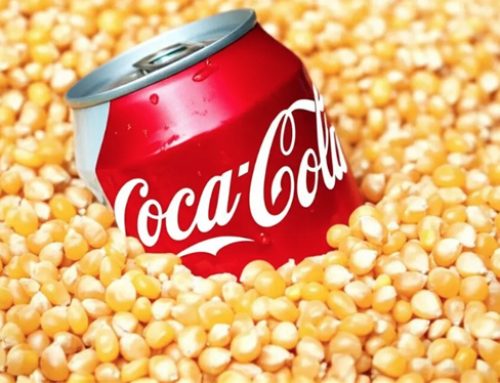Corn needs to be able to maximize photosynthesis and minimize dark respiration to maximize yield.
Source: AgriGold news release
WESTFIELD, Ind. — Farmers focus on the daytime activities of their crops, but corn plants are still working hard throughout the night. AgriGold Agronomists Kris Young and Emily Prevo say the yield equation for the corn plant is simple: The sugars produced during photosynthesis during daytime minus the sugars consumed by dark respiration at night equal the sugars available to produce grain.
“During the day, plants are photosynthesizing, producing and storing carbohydrates for growth,” says Young. “The goal of growing corn is to produce the most grain possible and large amounts of carbohydrates will be needed to meet this goal.”
Prevo says to think about how our bodies work: “During the day, we’re fueling our body with food and water and nutrients that we need to be able to survive. Plants are very much the same, getting their energy through the photosynthetic process. But they also need to rest and repair.”
Cells continually need repair, requiring energy to maintain a strong healthy plant. Young elaborates, “While photosynthesis ceases at night, respiration and plant growth continue. Corn plants grow and repair themselves throughout the night.”
The respiration process, where plants consume oxygen and release carbon dioxide, impacts plant energy reserves. “During nighttime, dark respiration uses carbohydrates they made during the day for cell growth, maintenance and cooling,” explains Prevo.
For top yields, the corn plant needs the right balance of carbohydrate storage and consumption. That means maximizing photosynthesis and minimizing dark respiration.
Temperature is a critical factor
Cooler nighttime temperatures reduce plant stress, allowing corn to rest and conserve energy for growth. According to Young, “Corn growth is highly dependent on temperature. When nighttime temperatures are below 70 F, the entire system runs smoothly and highly efficiently.”
As temperatures increase, plants consume more energy to thrive. “If night temperatures climb above 70 degrees, dark respiration accelerates and uses more energy. The photosynthetic process starts to degrade above 86 degrees, producing fewer carbohydrates,” says Prevo.
Above-average nightly temperatures pose a threat to yield, Young explains. “High nighttime temperatures can speed up the grain fill process, causing that crop to mature quicker.
Plants are using sugars that would otherwise contribute to grain production, leading to smaller kernels and potentially lower yields.”
Manage moisture availability
Drought has a significant influence on overall plant stress, says Young, located in Kansas, where drought conditions linger. “High temperatures often go hand-in-hand with drought. As plants expend more energy to cool, lack of moisture compounds plant growth issues,” he says.
To conserve moisture, Young advises farmers to consider irrigation and/or no-till practices, and to address weed issues as fast as possible. “To help corn be more efficient when it has limited resources, no-till serves to save as much moisture in the soil as possible and weeds provide competition for water and sunlight,” he says. “Farmers may need to do a later application of a herbicide for weed control.”
Support plant health and mitigate stress
Ensuring plants are not overly stressed at night allows for better energy utilization. Prevo recommends choosing hybrids for the stressors you typically face. “One of the best things farmers can do is pick hybrids with strong ratings to handle the stresses they typically face,” she says.
Young adds, “If you’re in a lower-population dry land area, choose a hybrid that can withstand warmer climates and shade the ground well to reduce moisture loss from evaporation.”
Fungicides also play a role in keeping plants healthy, says Young, because “lowering disease and supporting leaf tissue growth helps plants optimize photosynthesis and have more energy for grain fill.”
Stay vigilant when scouting
Prevo and Young are encouraged by crop prospects this growing season and encourage farmers to scout regularly. “Nutrient deficiencies and diseases can have a big impact on yield if we’re not staying vigilant in our fields and being a mentor of our crop,” says Prevo.
Prevo says it’s important to help corn crops finish strong. “There’s a lot left of the growing season and there’s a lot of things that we can’t predict,” she says. “At the end of the day, you want to do what’s best for your farm and be able to maximize yield every way possible.”
Want more support navigating this season’s challenges? Reach out to your local AgriGold agronomist.



